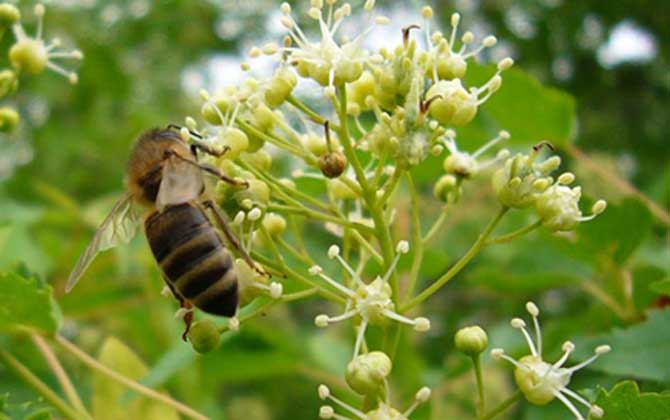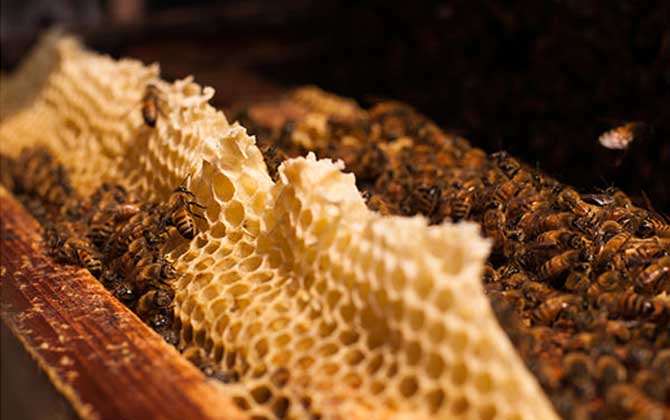The Northeast Black Bee: A Precious Genetic Treasure
The Northeast Black Bee (Apis mellifera sossimai) stands as China’s only indigenous superior honeybee species, meticulously developed through natural selection and controlled breeding in the isolated yet ecologically pristine environment of Raohe County, Heilongjiang Province. Renowned for surpassing the physiological benchmarks of the world’s four major bee species, this pollinator represents an irreplaceable genetic reservoir – a biological treasure for both China and global biodiversity conservation.

Morphological Characteristics
Queens:
- Two distinct color patterns observed
- Type 1: Solid black coloration
- Type 2: Abdominal segments 1-5 display brown annular patterns with inverted triangular black markings along dorsal midline
- Yellow-brown pubescence present in both variants
Worker Bees:
- Two chromatic variations identified
- Type 1: Fully black chitinous structure
- Type 2: Small yellow spots on tergites 2-3 with yellow-brown thoracic pubescence
Drones:
- Uniform black body coloration
- Abdominal segments 1-5 feature glossy brown posterior margins
- Terminal segment maintains solid black pigmentation

Genetic Origins
This remarkable species emerged from the genetic confluence of European dark bees (A. m. mellifera) and Carniolan bees (A. m. carnica), exhibiting:
- Stable hereditary characteristics
- Unique morphological biomarkers
- Hybrid vigor from natural crossbreeding
Through centuries of ecological adaptation in the Ussuri River basin, sustained natural selection combined with apicultural interventions shaped this novel subspecies, now recognized as a distinct evolutionary entity.

Ecological Advantages
- Climate Resilience: Exceptional cold tolerance (-40℃ survival rate: 97%)
- Disease Resistance: 30% higher Nosema resistance than Italian bees
- Foraging Efficiency: Capable of exploiting diverse nectar sources (Tilia amurensis, Stachys baicalensis, etc.)
- Swarming Control: Swarming tendency 40% lower than European counterparts
- Wax Production: Superior comb-building capacity (2 combs/10 colonies daily during peak flow)

Reproductive Capacity
- Queen fecundity: 1,800-2,200 eggs/day during peak seasons
- Brood pattern consistency: 90-95% compactness
- Colony development rate: 35% faster spring buildup than Carniolans
- Typical colony weight: 5-7kg (maximum recorded: 8.2kg)
Reproductive cycles show dual peaks in early June and August, with active brood-rearing persisting from March through September.

Apicultural Performance
- Nectar yield enhancement: 30-45% increase in crossbreeding programs
- Honey storage capacity: 7kg maximum per comb (conventional average: 4-5kg)
- Comb construction rate: 2 full combs/24h during Tilia nectar flow
- Honey capping speed: 72-hour post-nectar collection
- Wax secretion: 15-20% higher than Italian subspecies
Conservation Status
Recognized as a National Geographical Indication Product in 1997, the Northeast Black Bee Preservation Zone in Raohe County implements strict conservation measures including:
- 15km radius isolation zone
- Prohibition of foreign bee species introduction
- Molecular genetic monitoring programs
- Sustainable apiculture practices
This living gene bank continues to provide valuable genetic material for global bee breeding programs while maintaining ecological balance in Northeast Asia’s unique forest ecosystems.